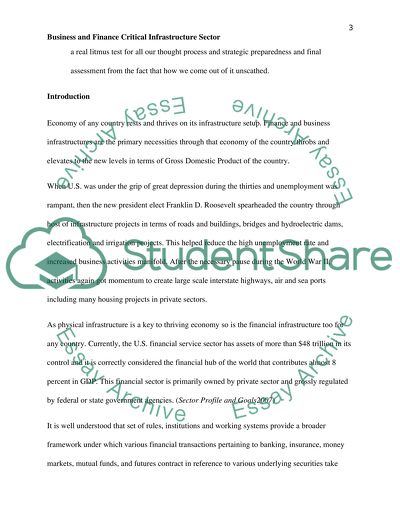Cite this document
(“Economy and Infrastructure Sector Research Paper”, n.d.)
Economy and Infrastructure Sector Research Paper. Retrieved from https://studentshare.org/finance-accounting/1573329-business-and-finance-critical-infrastructure-sector
Economy and Infrastructure Sector Research Paper. Retrieved from https://studentshare.org/finance-accounting/1573329-business-and-finance-critical-infrastructure-sector
(Economy and Infrastructure Sector Research Paper)
Economy and Infrastructure Sector Research Paper. https://studentshare.org/finance-accounting/1573329-business-and-finance-critical-infrastructure-sector.
Economy and Infrastructure Sector Research Paper. https://studentshare.org/finance-accounting/1573329-business-and-finance-critical-infrastructure-sector.
“Economy and Infrastructure Sector Research Paper”, n.d. https://studentshare.org/finance-accounting/1573329-business-and-finance-critical-infrastructure-sector.


